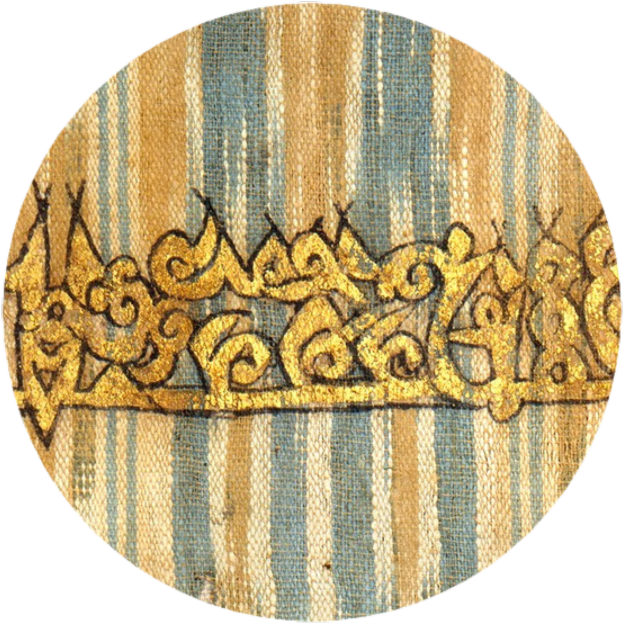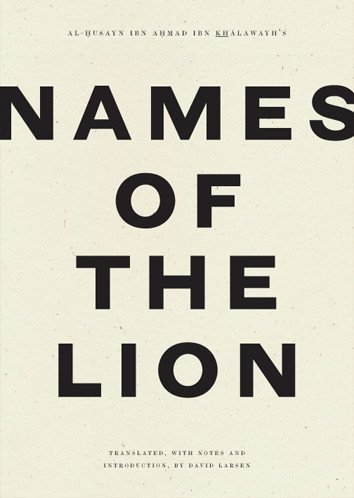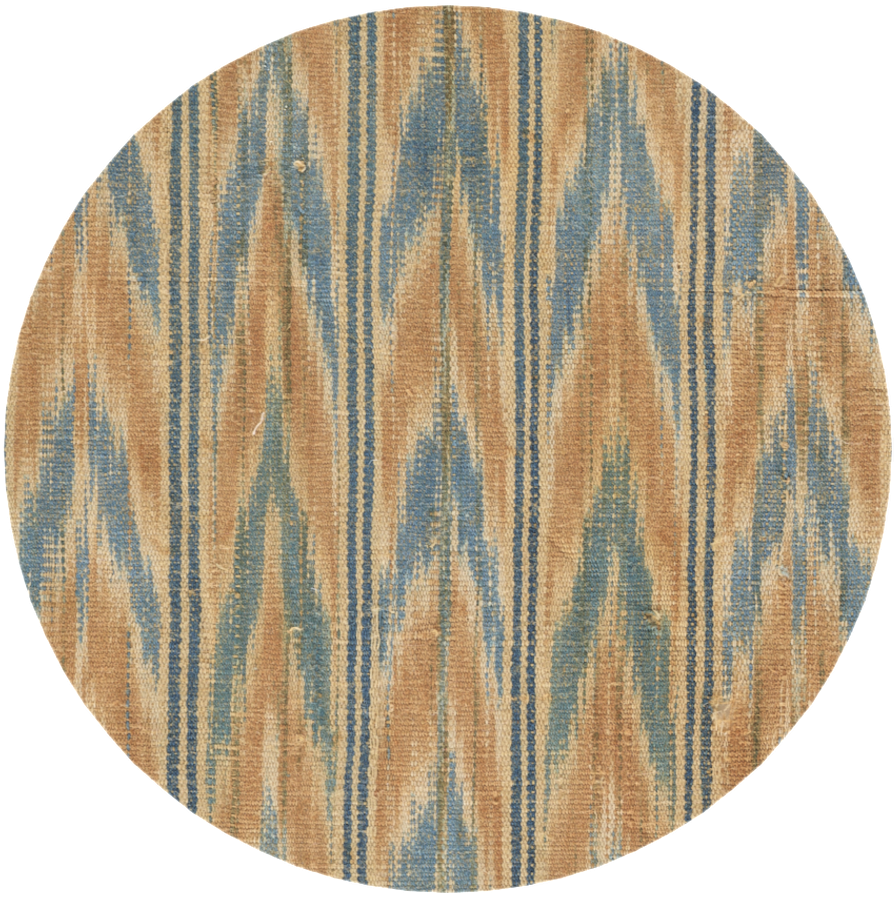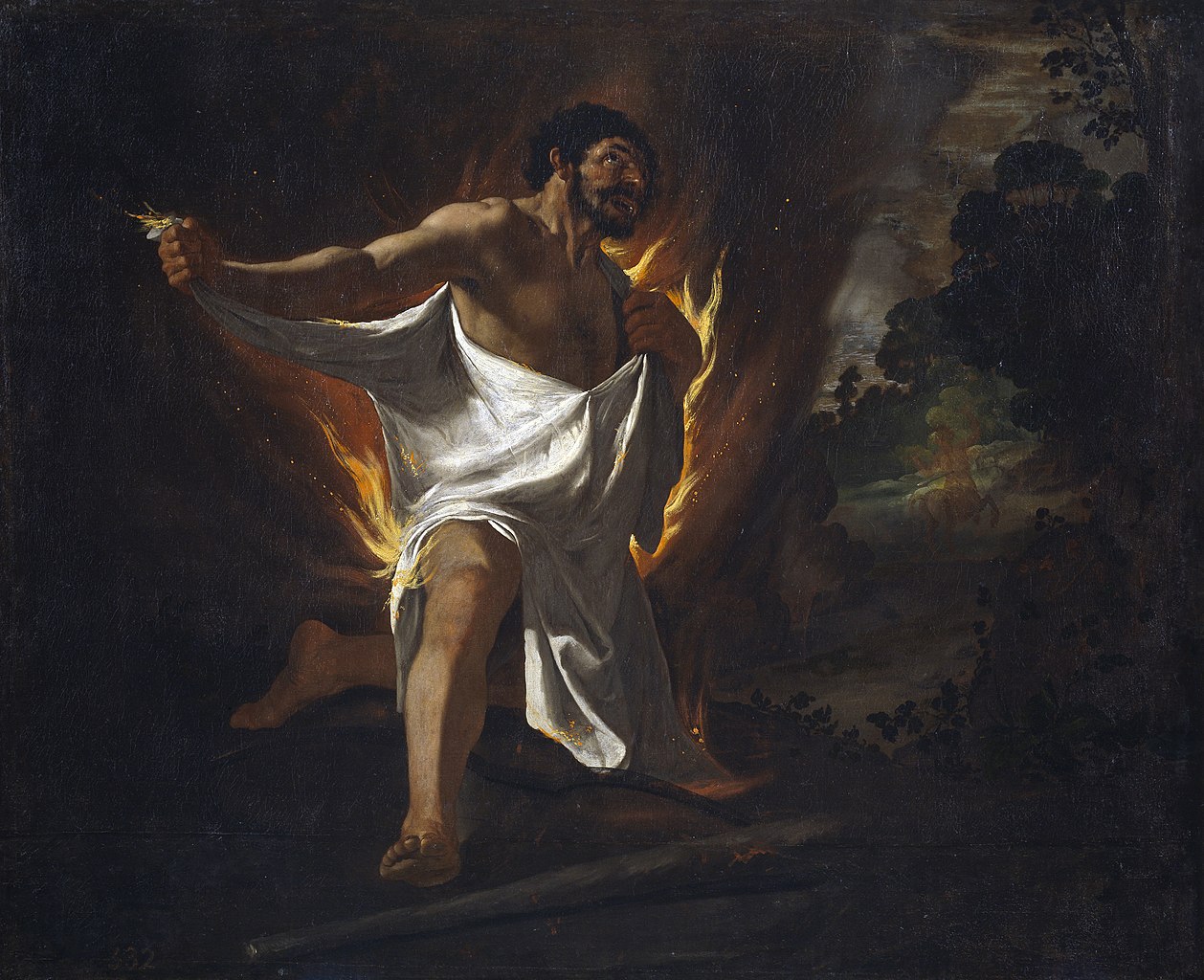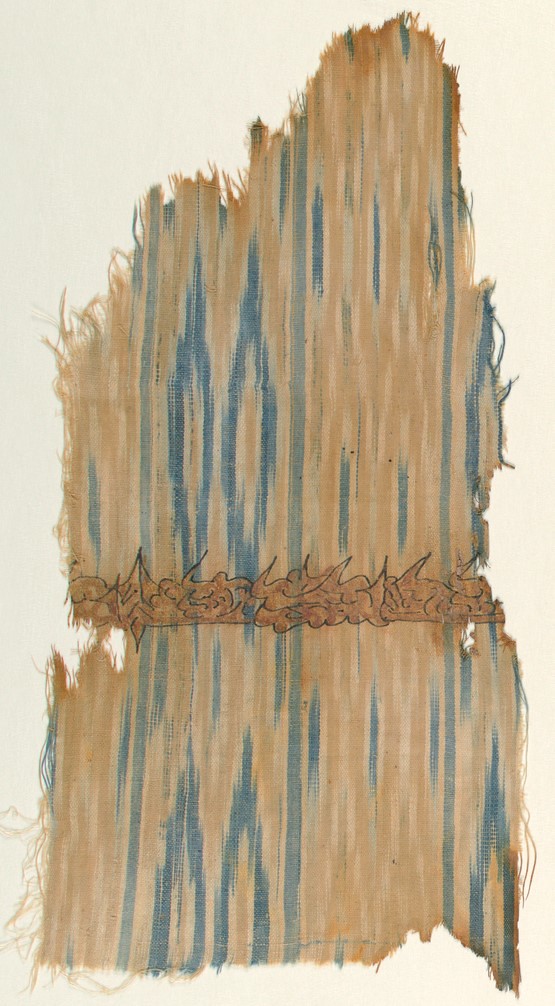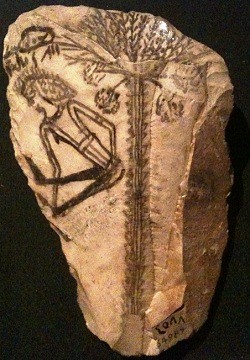In the name of God, the Merciful, the Compassionate.
God's prayers be upon our master, His Prophet Muhammad, and upon his family and companions, and upon them be peace.
It is narrated from ‘Umar ibn Jabir al-Lakhmi that Abu Umayya said:
I asked Abu Tha‘laba al-Khushani about the Qur’anic verse: "O you who believe! You are responsible for your own souls." He said, "You're asking someone well-informed in the matter, for I asked God's Prophet, God's blessings and peace be upon him, about this same verse. He said, 'Abu Tha‘laba, command each other to do what's right, and forbid each other from doing what's wrong. But if you see that this world below is being preferred [to the world to come], and that avarice has taken over, and that everyone glories in their own opinion, then you are responsible for your own soul.'"
Shaykh Sidi al-Mukhtar al-Kunti said: "Rightly it is said that the commentary in this hadith has come to pass in the present time, and that we are in Doomsday's courtyard, and the very staging-ground of Resurrection.
It is the year 1349 after the Prophet's Emigration, prayers and peace be upon him, (=1930 or 1931 CE) and O brother! Take care not to despise those who isolate from people in these times, for it is now necessary. Even in early times, there were people who isolated themselves in dread of wicked new practices that became prevalent in their day.
In his book Jurisprudence of Essential Entities according to the True Meanings of the Qur’an, Shaykh Sidi al-Mukhtar al-Kunti, may God have mercy on him, says [quoting al-Ghazali's The Way for Worshipers to Make it into the Garden of the Lord of the Two Worlds]: "When one has ascertained that the harm that comes from socializing with people as religious duty stipulates is greater than the harm of abandoning that duty, then in that case one is excused from it. I saw in Mecca, may God protect it"—this is in one of al-Suyuti's books, may God have mercy on him—"I saw in Mecca, may God protect it, one of the senior religious scholars who practiced seclusion. He did not attend congregational prayers at the Holy Mosque, even though it was right nearby, and there was nothing wrong with his health. One day, I asked him about the infrequency of his attendance, and he gave the same excuse that I have indicated here, which is that being in the presence of the Curtain [covering the Ka‘aba] was not worth all the vices he had to come into contact with, and the negative consequences arising from going to the mosque and meeting people.
"In summary, for one thus excused, there is no reproach. And excuses are up to God, be He Exalted, for he knows what is contained in every breast."
I say: Take care, O brother, not to despise those who take their faith and flee, and pray in seclusion in their homes, leaving the mass of humanity behind, since this is necessary practice of the end times. Prayer in isolation is now made licit, given the deficiency of prayer-leaders in our time, and this is according to requisites laid down by scholars.
In the commentary by Muhammad Mayyara on The Helpful Guide of Ibn ‘Ashir, which is entitled The Pearl of Great Price, he says regarding the necessary education of the prayer-leader: "Fourthly, he must know the fundamentals of prayer, which are the necessary recitations and other regulations whose inobservance makes prayer go wrong. On the subject of recitation, Ibn al-Qasim says in the Compilation of Imam Malik: 'If one with correct knowledge of the Qur’an is led in prayer by one without correct knowledge, they must never allow it to happen again.'" The end.
Ahmed Baba Institute (Timbuktu) MS 17632 (fol. 1r, 1v-2r, 2v).
Author unknown.

